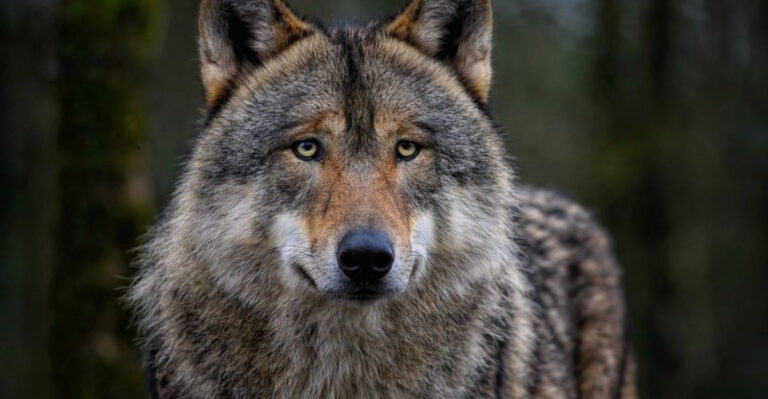All 20 Fascinating Types Of Foxes That Roam This Earth
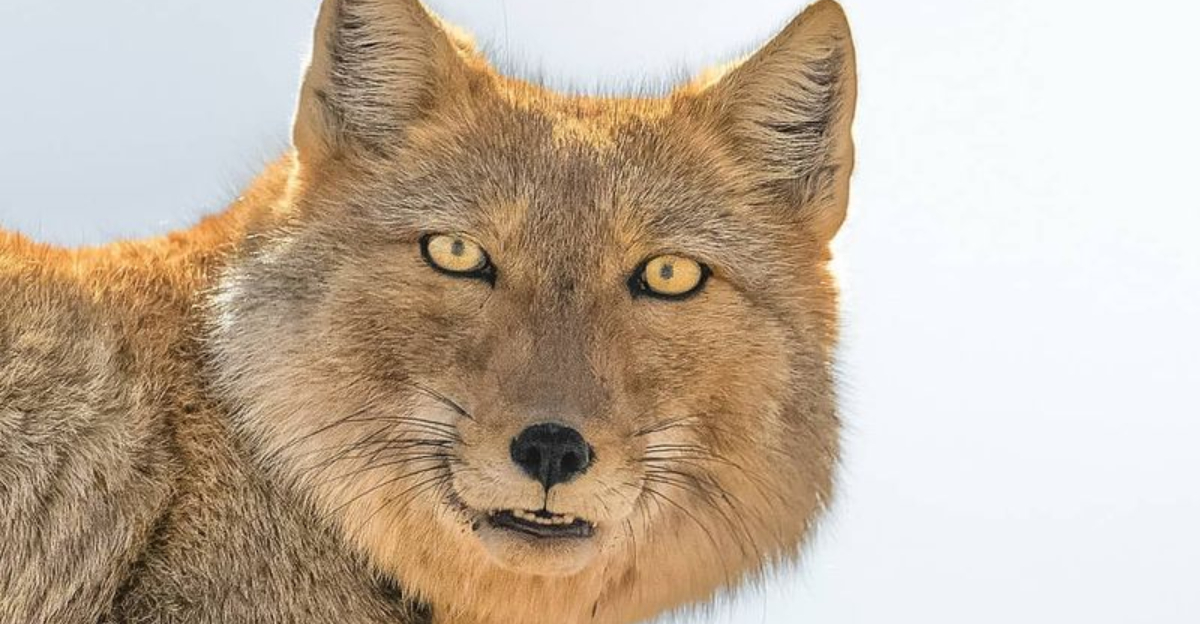
Our planet is home to an incredible variety of fox species, each with its own unique charm and characteristics. Foxes are not just cunning creatures from bedtime stories; they are real, captivating animals with a presence in diverse habitats worldwide.
From the icy tundras to lush forests and arid deserts, foxes have adapted to a variety of environments, making them one of the most fascinating members of the animal kingdom.
In this list, we will explore distinct types of foxes that roam the earth, each with its own story to tell. Whether you’re a wildlife enthusiast or simply curious, these foxes will enthrall you with their beauty and adaptability.
1. Red Fox
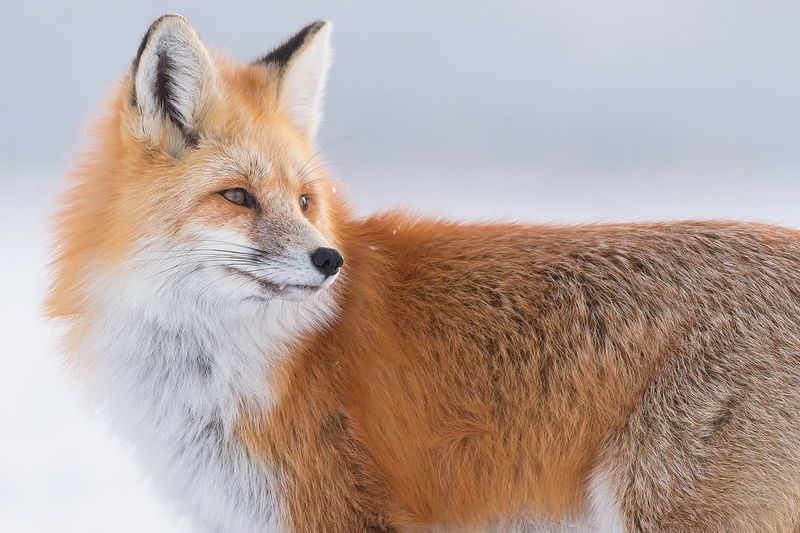
The red fox, perhaps the most iconic of all foxes, is known for its distinctive reddish-orange fur and bushy tail.
Found across the Northern Hemisphere, this clever creature has adapted to a wide range of environments, from forests and grasslands to urban settings. Its adaptability is one reason it’s so widespread, and it can often be seen scavenging in city parks as well as hunting in the wild.
In addition to its striking appearance, the red fox is known for its intelligence and cunning behavior. It uses a variety of vocalizations to communicate with other foxes, and its keen sense of smell aids in hunting. Despite their reputation as solitary animals, red foxes are actually quite social and live in family groups.
With their quick wit and remarkable adaptability, red foxes continue to fascinate wildlife enthusiasts and casual observers alike. Their presence in folklore and mythology only adds to their enigmatic allure.
2. Arctic Fox
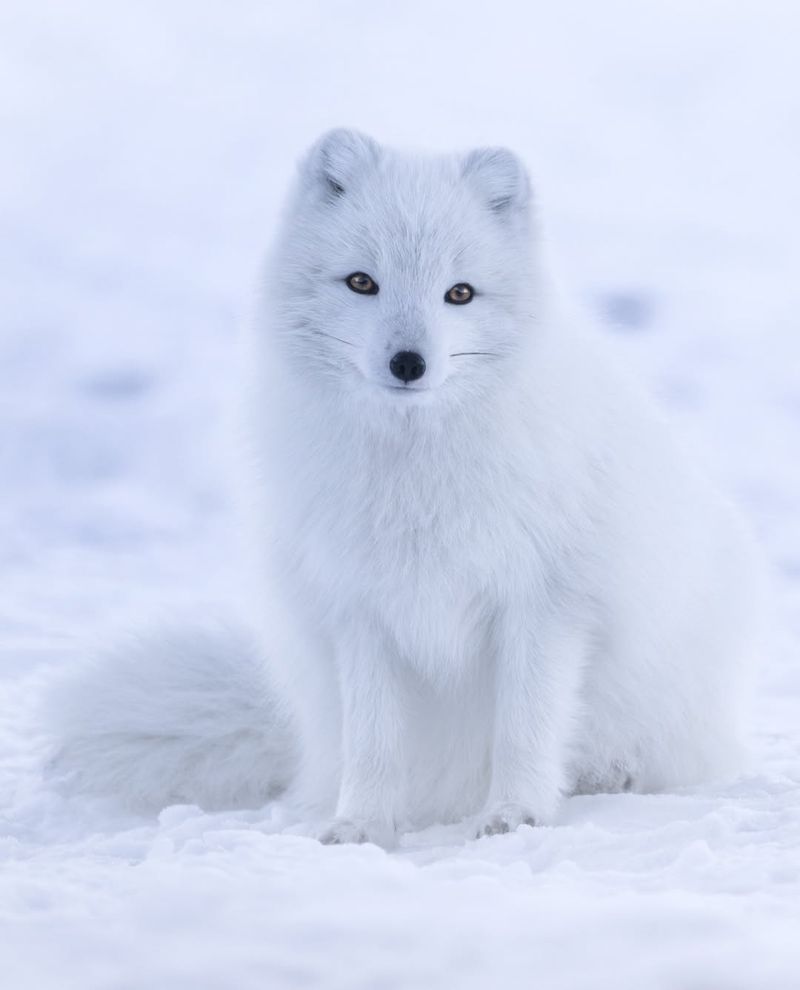
The Arctic fox, a master of survival, roams the frigid landscapes of the Arctic tundra. Its fluffy white coat not only provides warmth but also serves as excellent camouflage in the snow. During the summer months, this fox’s fur changes to a brownish grey, blending seamlessly with the tundra’s rocks and plants.
Known for their round, compact bodies, Arctic foxes have short legs and small ears, adaptations that minimize heat loss in their freezing environment. Their diet is as opportunistic as their lifestyle, consisting of anything from small rodents to carrion and even leftover scraps from polar bears.
Despite their harsh surroundings, Arctic foxes are incredibly social animals, often forming monogamous pairs.
They are also highly vocal, using sounds to communicate with their mates and offspring. As climate change continues to affect their habitat, these resilient foxes face new challenges, yet they remain an enduring symbol of Arctic wildlife.
3. Fennec Fox
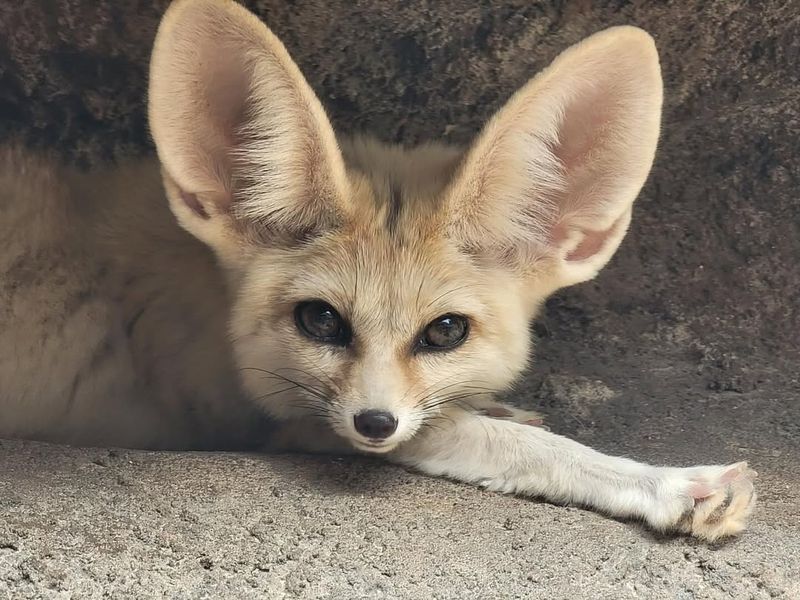
Meet the fennec fox, the desert’s cutest inhabitant, known for its enormous ears and petite stature. Found in the sandy dunes of the Sahara, this fox’s ears aren’t just for show—they help dissipate heat and locate prey underground. Weighing in at only two to three pounds, the fennec is the smallest member of the fox family.
Despite their delicate appearance, fennec foxes are survivors. Their kidneys are adapted to conserve water, and their thick fur offers insulation from the cold desert nights. This nocturnal creature is also known for its playful nature, often seen leaping and digging in the sand.
Fennec foxes live in tight-knit communities, and their social structure is a testament to their cooperative spirit. Their unique adaptations and endearing looks make them a favorite among wildlife enthusiasts and pet owners, though they are best admired in their natural habitat.
4. Gray Fox
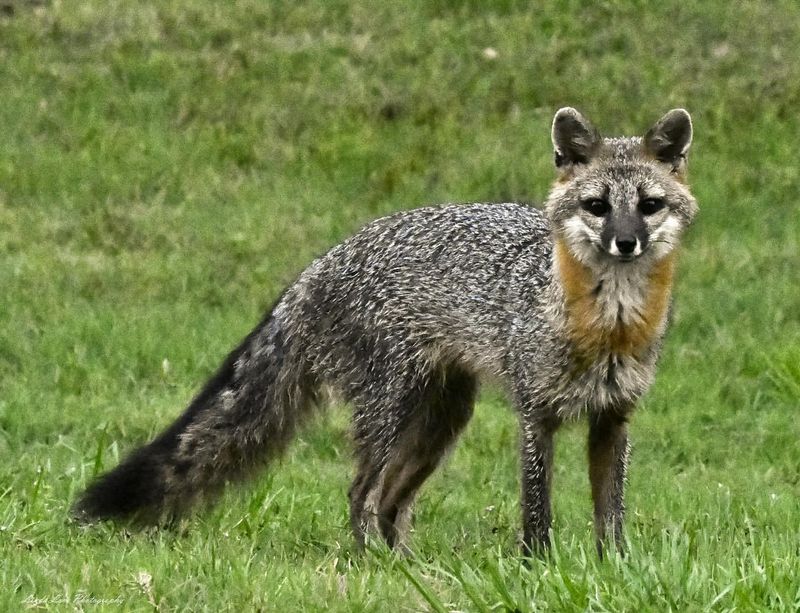
The gray fox is a true acrobat of the forest, recognized for its ability to climb trees—a rare skill among canids. Its salt-and-pepper coat provides excellent camouflage in the woodland areas it calls home. Unlike its red cousin, the gray fox is more reclusive, preferring the cover of dense forests and thickets.
This fox stands out not just for its arboreal talents but also for its omnivorous diet. Gray foxes will eat anything from fruits and insects to small mammals and birds. They are particularly fond of grapes and other fruits in the autumn.
Socially, gray foxes are solitary hunters but form lasting bonds with their mates, often sharing dens during the breeding season. Their elusive nature and tree-climbing prowess make them one of the more mysterious and intriguing foxes in North America.
Whether scaling branches or dashing through the underbrush, the gray fox is a resourceful and fascinating creature.
5. Kit Fox
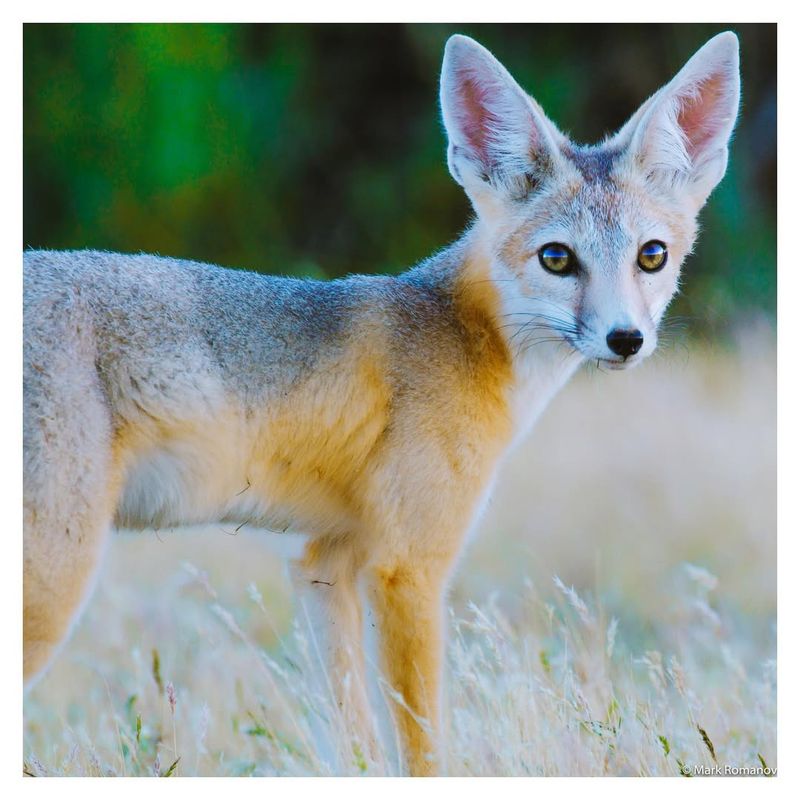
The kit fox, with its large ears and slender frame, is a nocturnal wanderer of North America’s deserts. Its ears serve dual purposes: aiding in heat dissipation and enhancing its hearing to detect prey. This fox’s coat is a sandy color, providing excellent camouflage against the desert backdrop.
Kit foxes are well adapted to the arid environment, often relying on metabolic water from their food instead of seeking out water sources. Their diet includes small mammals, insects, and occasionally plants, showcasing their adaptability.
Socially, kit foxes are known for forming monogamous pairs, with both parents participating in raising the young. They are also known for their playful and curious nature, often seen exploring their surroundings with keen interest. The kit fox’s elegance and resilience make it a remarkable species in the desert ecosystem.
6. Bengal Fox
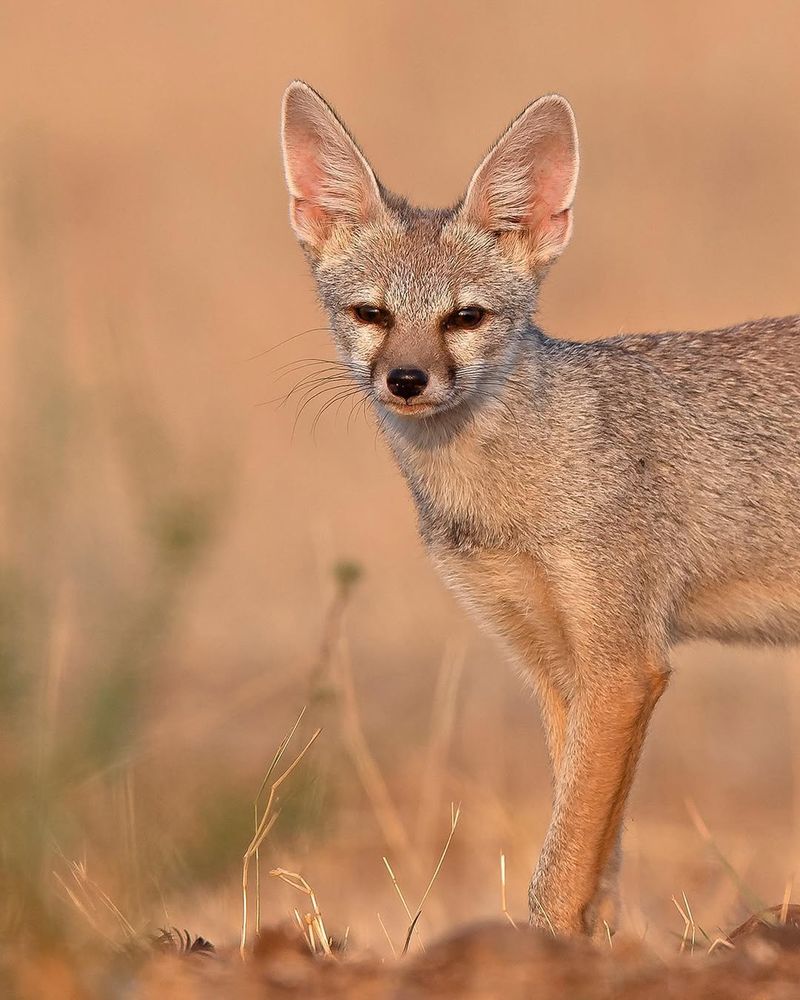
The Bengal fox, also known as the Indian fox, is a charming resident of the Indian subcontinent’s grasslands and scrub forests. Its bushy tail and pointed ears give it a distinctive appearance, while its sandy coat blends seamlessly with its habitat.
These foxes are primarily nocturnal, venturing out at night to hunt for rodents, insects, and fruits. Their diet is as varied as their habitat, allowing them to thrive in different environments. During the day, Bengal foxes retreat to their burrows, avoiding the harsh sun.
Despite being solitary hunters, they are social creatures that communicate using a range of vocalizations and body language.
Bengal foxes are known for their playful behavior, often seen engaging in mock fights or chasing one another. Their adaptability and intriguing social dynamics make them a fascinating subject for wildlife enthusiasts.
7. Corsac Fox
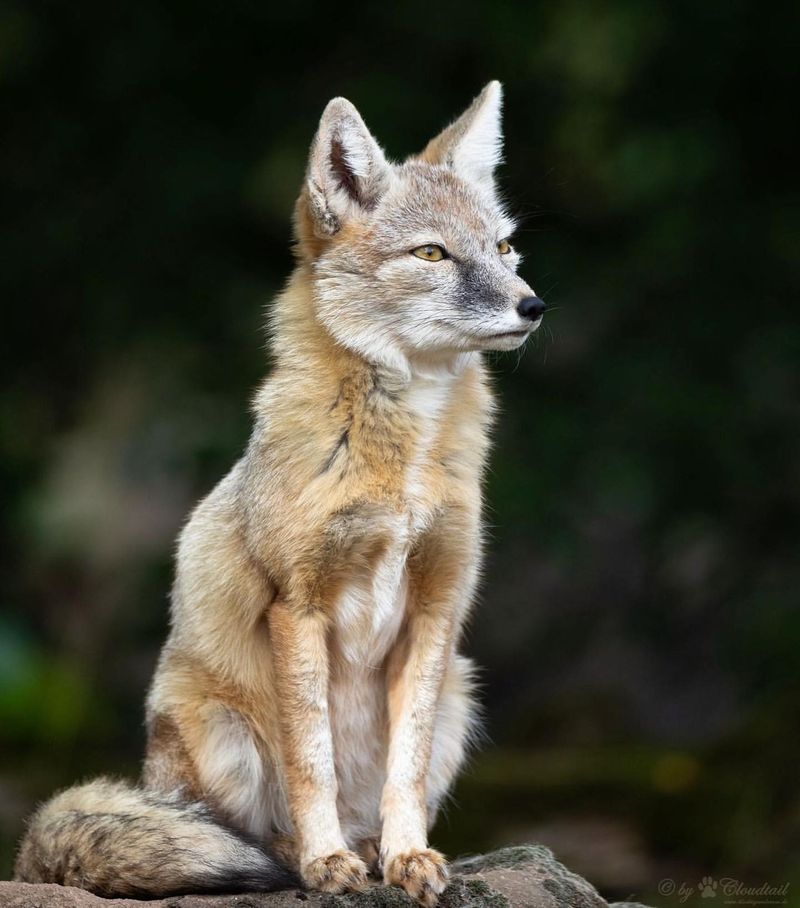
The corsac fox, a native of the Central Asian steppes, is recognized for its soft, pale coat and gentle demeanor. This medium-sized fox is well-suited to the open, grassy plains and semi-deserts it inhabits, where it can often be seen trotting gracefully across the landscape.
Corsac foxes are highly social animals, often forming packs to hunt and rear their young. Their diet primarily consists of small rodents and insects, but they are also known to consume fruits and plants when available.
Their innate sense of community is evident in their cooperative hunting strategies and the way they share responsibilities within the pack.
Despite the challenges posed by their harsh environment, corsac foxes thrive due to their adaptability and social structure. Their serene presence is a reminder of the beauty and resilience of life on the steppes.
8. Swift Fox
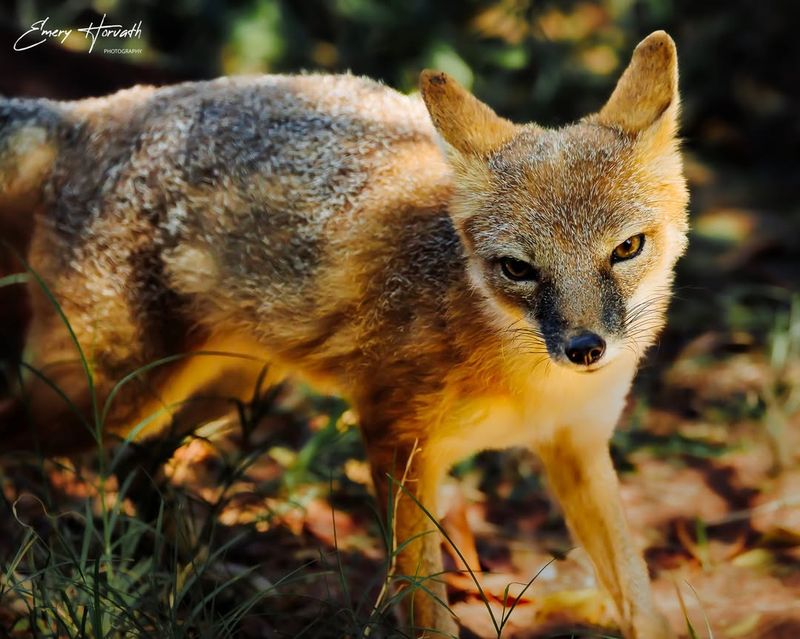
The swift fox, aptly named for its remarkable speed, is a small, agile inhabitant of North America’s prairies. Its yellowish-grey coat allows it to blend in with the grasses, while its nimble movements enable it to outmaneuver predators and capture prey with ease.
These foxes are predominantly nocturnal, taking advantage of the cooler temperatures to hunt. Their diet is diverse, including small mammals, insects, and plants, which helps them adapt to the changing availability of food throughout the seasons.
Swift foxes form monogamous pairs and are known for their strong family bonds. Both parents take part in raising the offspring, teaching them crucial survival skills. The swift fox’s ability to thrive in the challenging prairie environment is a testament to its adaptability and resourcefulness.
These foxes are a vital part of the prairie ecosystem, contributing to the balance and health of their habitat.
9. Island Fox
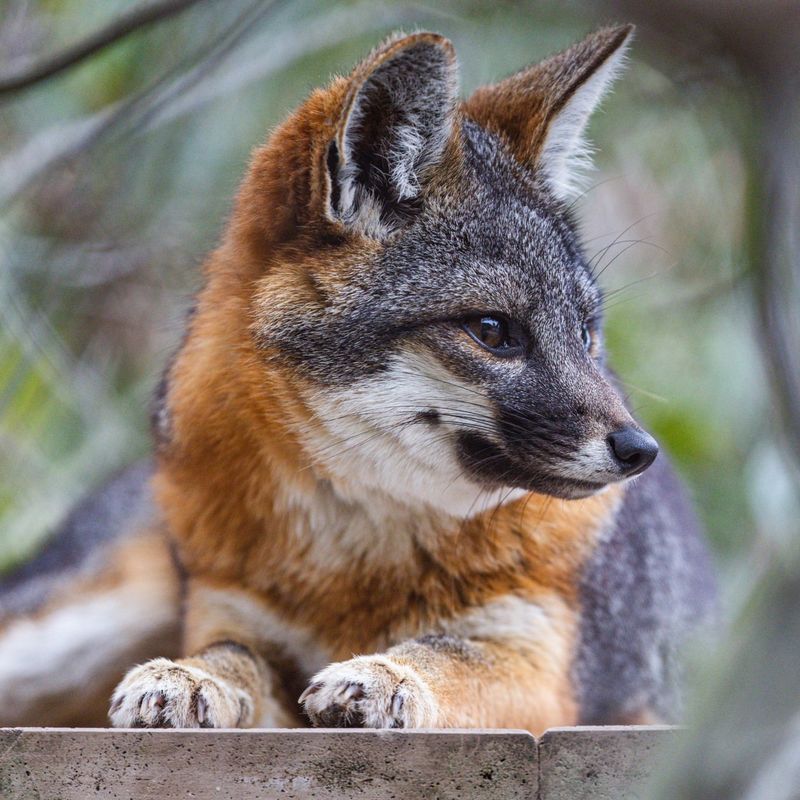
The island fox, a pint-sized marvel, is exclusive to the Channel Islands off the coast of California. Its small size and unique adaptations have evolved due to the isolated nature of its island habitat. With a coat of mixed grey, brown, and black, the island fox blends perfectly with its rocky surroundings.
These foxes have a varied diet that includes insects, fruits, and small animals, reflecting the diverse resources available on the islands. Despite their isolation, island foxes are highly social, often seen in pairs or small family groups.
Their curiosity and playful behavior make them endearing to both researchers and tourists alike. Conservation efforts have been crucial in preserving the island fox population, which faced severe threats from disease and predation in the past.
Today, the island fox symbolizes the delicate balance of island ecosystems and the importance of conservation efforts.
10. Pale Fox
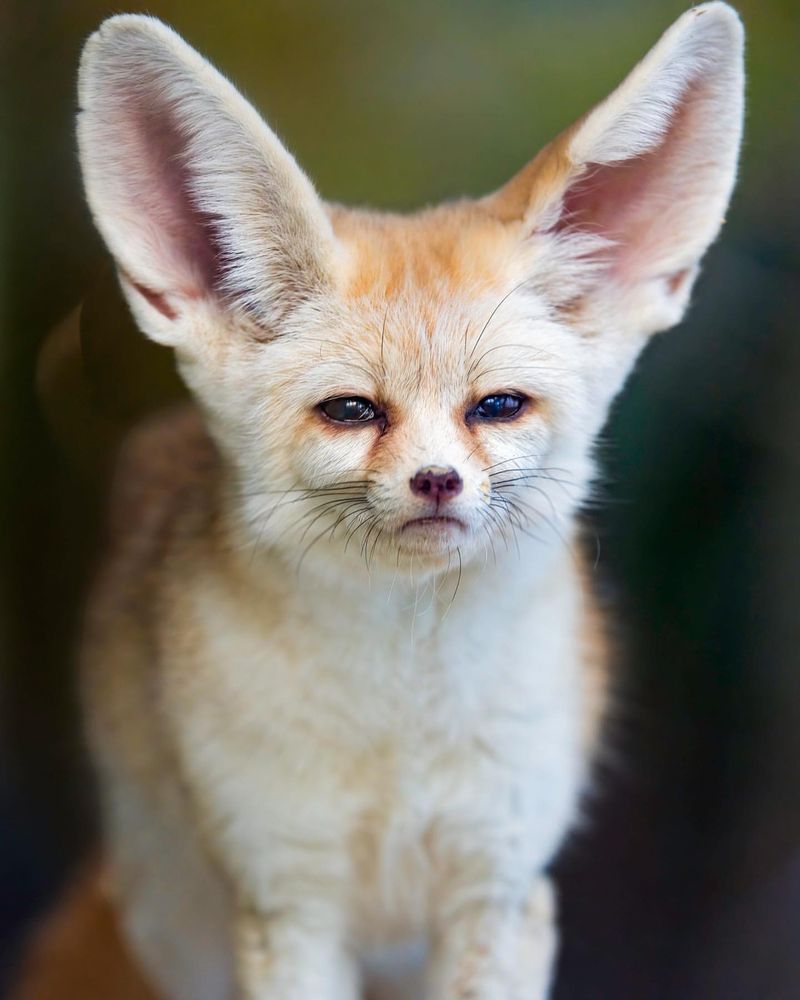
The pale fox, a subtle beauty of the Sahel region, is known for its light-colored fur and slender physique. This nocturnal fox is perfectly adapted to the arid environment, where its pale coat reflects the harsh sun and helps it remain inconspicuous among the sandy landscapes.
Pale foxes primarily feed on insects, small mammals, and fruits, showcasing their versatility in a challenging ecosystem. Their long legs and large ears are not just for show; they enhance their ability to detect prey and dissipate heat efficiently.
Known for their solitary habits, pale foxes spend their days in burrows to escape the intense heat. Despite their elusive nature, they communicate using a series of vocalizations and scent markings. The pale fox’s ability to thrive in such a demanding habitat highlights its remarkable adaptability and the subtle beauty of its existence.
11. Tibetan Fox
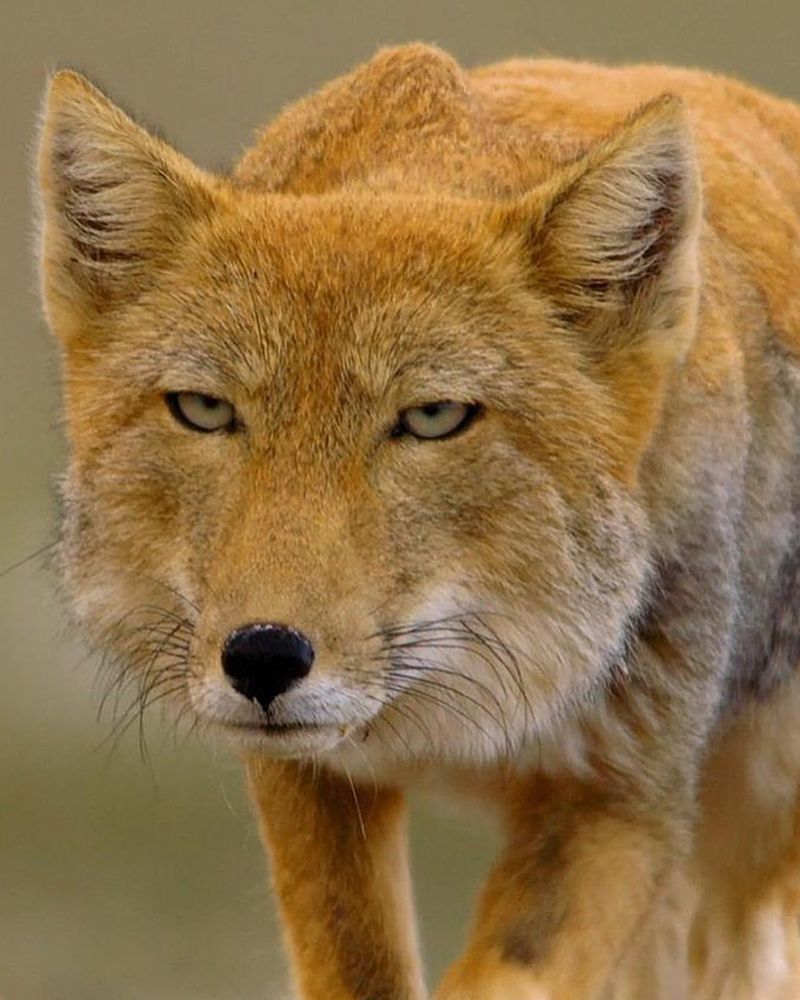
The Tibetan fox, with its distinctive square-shaped face and bushy tail, is a curious inhabitant of the high-altitude plateaus of Tibet and Nepal. Its thick fur and stocky build are perfect for the cold, windswept landscapes it calls home.
These foxes are primarily carnivorous, feeding on small mammals like pikas, which are abundant in their habitat. Their hunting strategy often involves silently stalking and then pouncing on prey, showcasing their patience and precision.
Though typically solitary hunters, Tibetan foxes are known to form partnerships with brown bears, following them to scavenge leftovers from their hunts. This opportunistic behavior is a testament to their adaptability and cunning.
Their enigmatic appearance and unique adaptations make Tibetan foxes a fascinating subject for wildlife photographers and enthusiasts alike, adding to the mystique of the Tibetan highlands.
12. Rüppell’s Fox
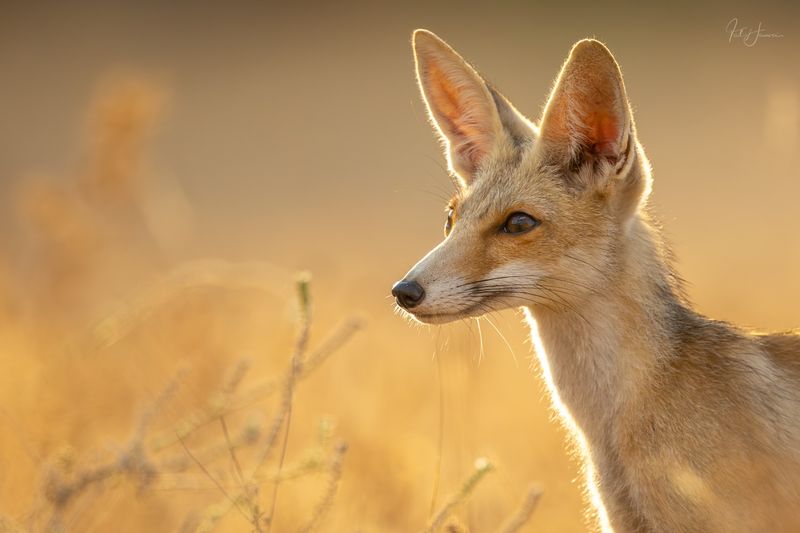
Rüppell’s fox, a desert specialist, is known for its bushy tail and oversized ears, which help it thrive in the stony deserts of North Africa and the Middle East. Its sandy-colored coat offers perfect camouflage against the rocky terrain.
These nocturnal foxes are agile hunters, with a diet that includes insects, small mammals, and fruits. Their adaptability allows them to survive in the harshest of environments, where water is scarce and temperatures fluctuate dramatically.
Rüppell’s foxes are highly social animals, often seen in family groups. They communicate using a range of vocalizations and scent markings, maintaining strong bonds within their social units. Despite the challenges of their habitat, Rüppell’s foxes are resilient and resourceful, embodying the spirit of desert life.
Their playful demeanor and unique adaptations make them an intriguing study for those interested in desert wildlife.
13. Cape Fox
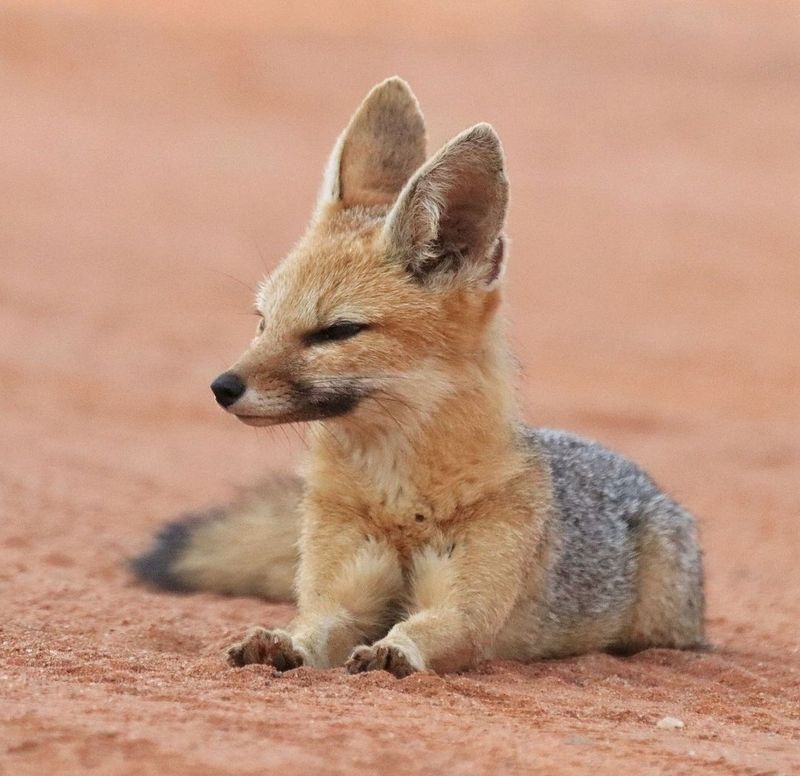
The Cape fox, also known as the silver fox, is a nocturnal inhabitant of Southern Africa’s open savannas. Its slender body and large ears make it well-suited to the grassy plains, where it can often be seen hunting under the cover of darkness.
These foxes have a varied diet that includes rodents, insects, and fruits, showcasing their adaptability to different food sources. Despite their solitary nature, Cape foxes are known to form strong bonds with their mates, often sharing dens and hunting together.
With their striking silver-grey fur and spirited demeanor, Cape foxes are a delight to observe in the wild. Their cunning and resourcefulness make them adept hunters, while their playful antics provide endless entertainment for those fortunate enough to witness them.
The Cape fox’s ability to thrive in an ever-changing environment is a testament to its adaptability and charm.
14. Darwin’s Fox
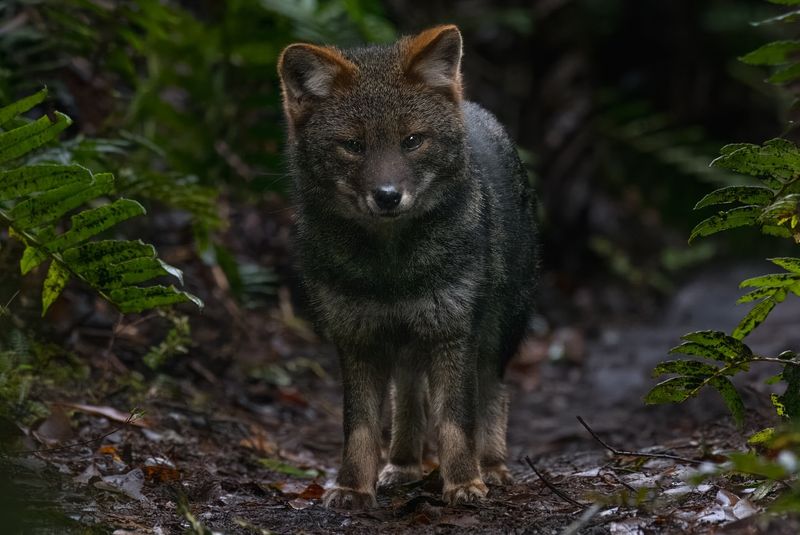
Darwin’s fox, a rare and enigmatic species, is found only in the temperate rainforests of Chiloé Island and parts of mainland Chile. Its dark, mottled coat provides excellent camouflage in the dense underbrush, while its small size allows it to navigate the forest floor with ease.
These foxes are opportunistic feeders, with a diet that includes small mammals, birds, and fruits. Their elusive nature and limited habitat range make them a focus of conservation efforts, as habitat loss poses a significant threat to their survival.
Despite their solitary hunting habits, Darwin’s foxes are social animals that communicate using a variety of vocalizations and scent markings. Their curious nature and unique adaptations make them a fascinating subject for researchers and wildlife enthusiasts.
Darwin’s fox is a living testament to the delicate balance of life in the temperate rainforests of South America.
15. Sechuran Fox
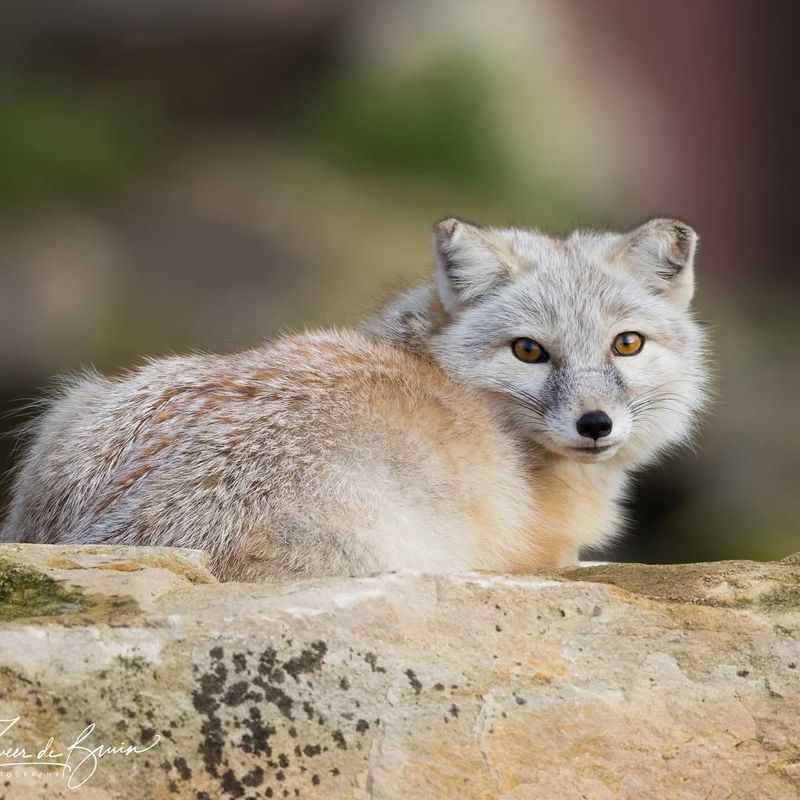
The Sechuran fox, a small and elusive creature, is native to the arid regions of Peru’s coastal deserts and dry forests. Its greyish coat blends seamlessly with the sparse vegetation and sandy soil.
These foxes are primarily nocturnal, emerging at night to hunt for small mammals, insects, and fruits. Their ability to thrive in such a demanding environment highlights their adaptability and resourcefulness.
Despite being solitary hunters, Sechuran foxes are known for their playful behavior, often seen engaging in mock battles and chasing each other. Their social interactions are a testament to their intelligence and curiosity.
Efforts to protect their habitat are crucial to ensure the survival of the Sechuran fox, as human activities continue to encroach on their natural environments. Their presence is a reminder of the delicate balance of life in Peru’s coastal ecosystems.
16. Hoary Fox
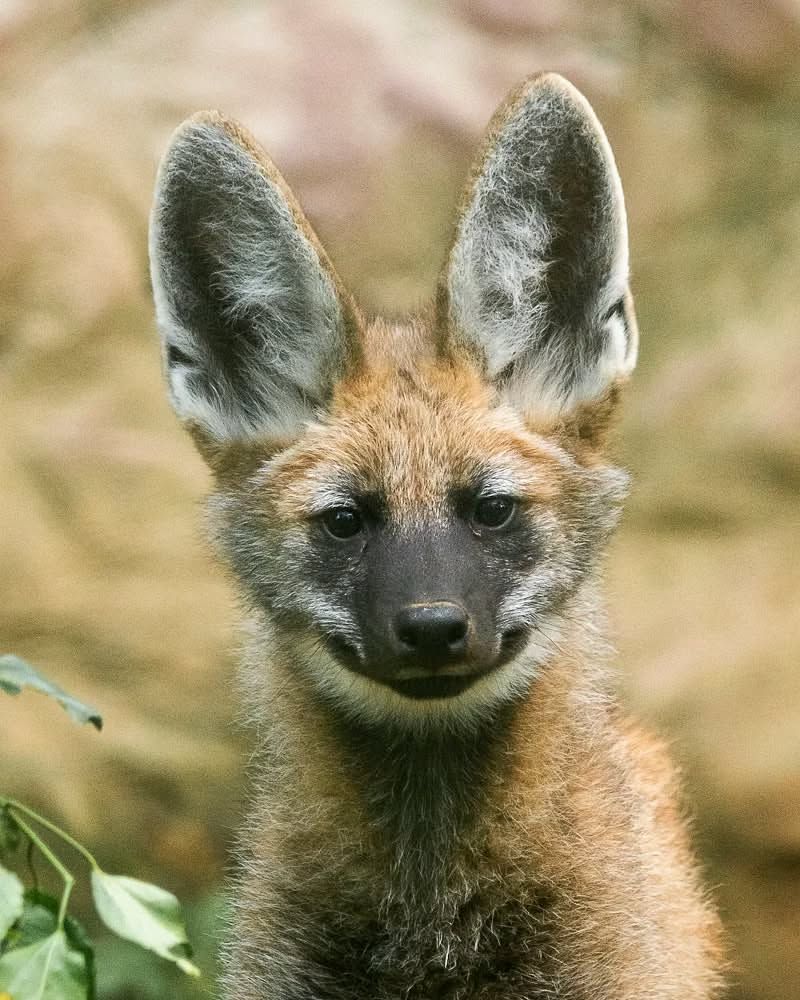
The hoary fox, a unique inhabitant of the Brazilian savanna, is recognized for its distinct grey coat and small stature. Unlike many of its relatives, the hoary fox is primarily insectivorous, feasting on termites and ants that abound in its habitat.
Despite its small size, this fox is a skilled hunter, using its keen senses to locate prey. Its diet also includes small mammals and fruits, showcasing its adaptability to the diverse savanna ecosystem.
Socially, hoary foxes are monogamous, forming lasting bonds with their mates. They are known for their playful and curious nature, often seen engaging in social grooming and cooperative hunting. Conservation efforts are vital to protect their habitat from the threats of agriculture and deforestation.
The hoary fox’s presence adds to the rich biodiversity of the Brazilian savanna, making it a fascinating subject for wildlife enthusiasts and researchers.
17. Tibetan Sand Fox
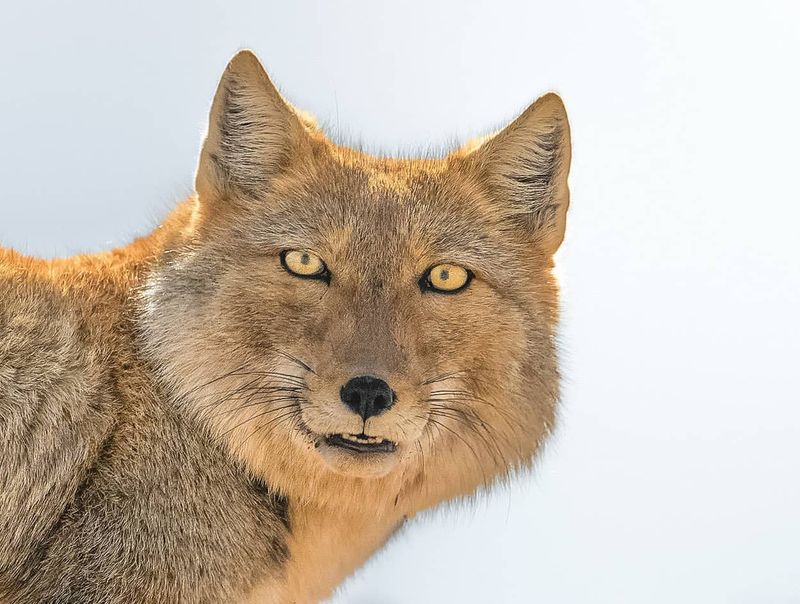
The Tibetan sand fox, with its square face and reddish-brown coat, is a striking inhabitant of the high-altitude deserts of Tibet. Its thick fur and compact body help it endure the harsh climate, while its keen hunting skills make it a formidable predator.
These foxes are primarily carnivorous, preying on small mammals like pikas and marmots. Their hunting strategy often involves stealth and patience, showcasing their intelligence and adaptability.
Socially, Tibetan sand foxes are monogamous, forming strong bonds with their mates. They are known for their playful behavior, often seen engaging in mock battles and chasing each other. Their unique adaptations and enigmatic presence make them a captivating subject for wildlife enthusiasts.
The Tibetan sand fox’s ability to thrive in such a challenging environment is a testament to its resilience and cunning.
18. Crab-Eating Fox
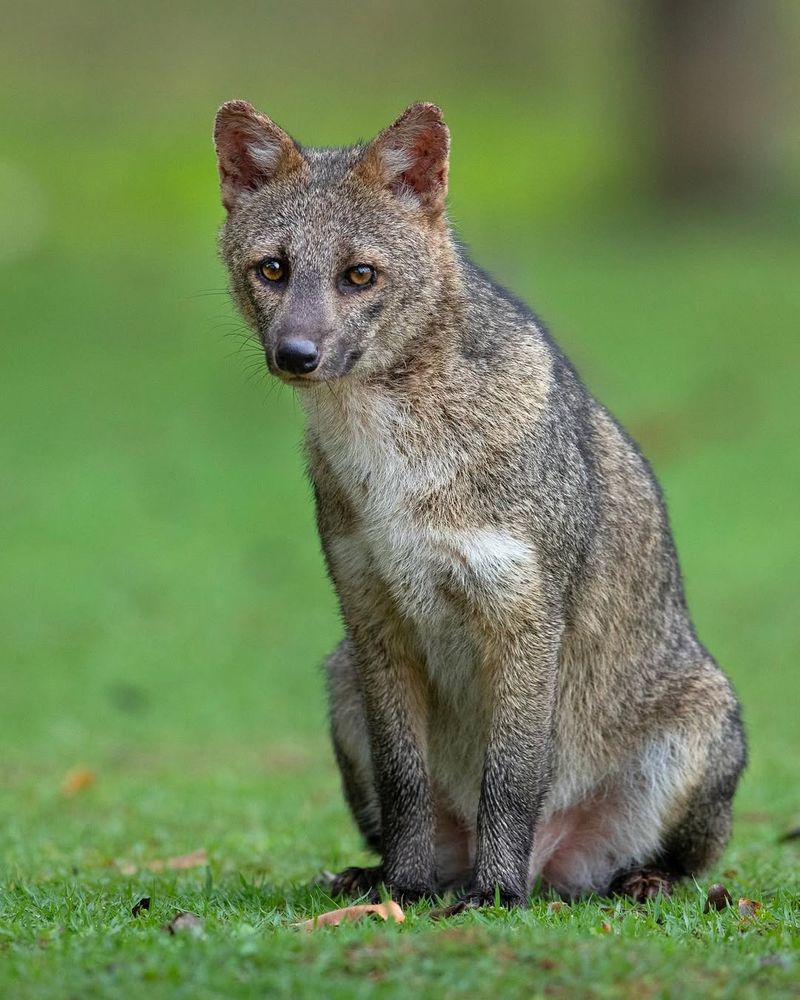
The crab-eating fox, an adaptable inhabitant of South America’s tropical forests and savannas, is known for its diverse diet and resourceful nature. Its greyish-brown coat and bushy tail provide camouflage in the dense foliage and open grasslands alike.
These foxes are omnivorous, feasting on a variety of foods including crabs, small mammals, insects, and fruits. Their diet reflects the abundance of resources available in their habitats, allowing them to thrive in diverse environments.
Socially, crab-eating foxes are monogamous, forming strong bonds with their mates and raising their young together. Their playful demeanor and inquisitive nature make them a delight to observe in the wild.
The crab-eating fox’s ability to adapt to different ecosystems highlights its resilience and versatility, adding to the complex tapestry of South America’s wildlife.
19. Bat-Eared Fox
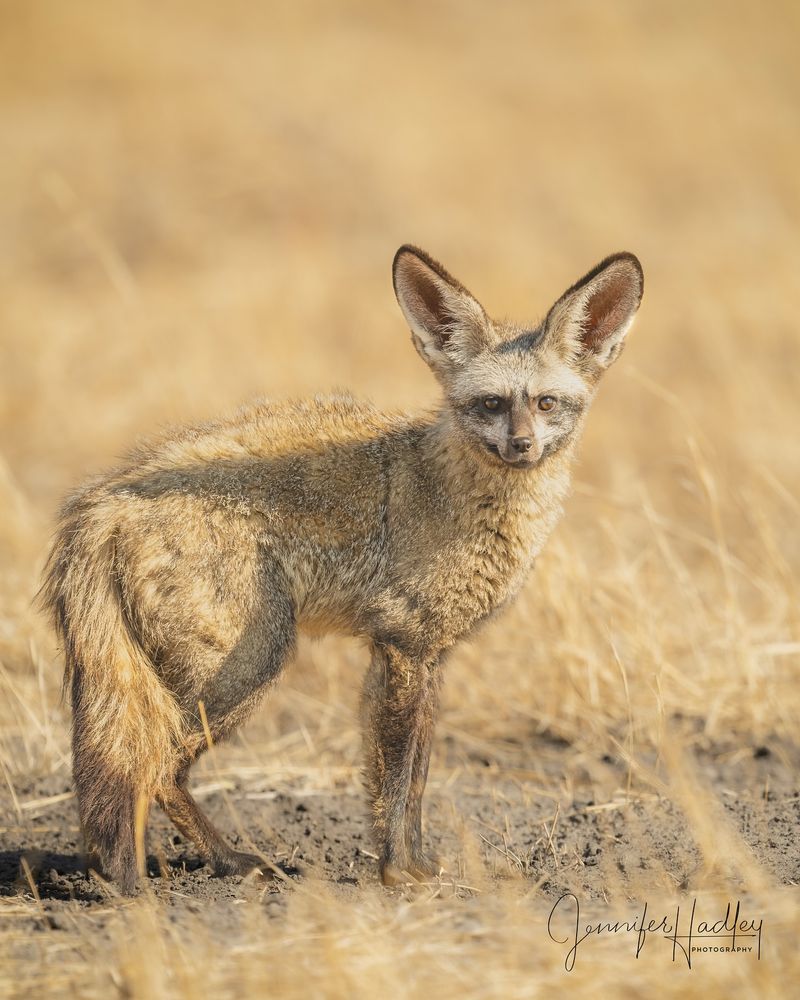
The bat-eared fox, a social and playful creature, roams the grasslands and savannas of eastern and southern Africa. Its most defining feature is its enormous ears, which serve as both a cooling mechanism and a tool for detecting insects underground.
These foxes are primarily insectivorous, with a diet that consists mainly of termites and other small insects. Their social structure is unique among foxes, with adults living in pairs or small family groups.
Bat-eared foxes are known for their cooperative behavior, often seen grooming each other and playing together. Their social interactions and playful antics provide endless entertainment for those lucky enough to witness them in the wild.
The bat-eared fox’s adaptability and social nature make it a fascinating subject for wildlife enthusiasts and researchers, adding to the rich biodiversity of Africa’s savannas.
20. New Guinea Singing Dog

The New Guinea singing dog, a unique and elusive species, is found in the remote highlands of New Guinea. Known for its distinctive vocalizations that resemble singing, this canid has fascinated researchers and animal lovers alike.
These dogs are believed to be one of the most primitive dog breeds, with a genetic lineage that dates back thousands of years. Their adaptability to the rugged mountain terrain and dense rainforests speaks to their resilience and survival instincts.
Socially, New Guinea singing dogs are known for their complex vocal communication and social bonds. They are often seen in pairs or small groups, displaying cooperative behavior in both hunting and rearing their young.
Despite their elusive nature, the New Guinea singing dog’s mysterious vocalizations and ancient lineage make them a captivating subject for study and conservation efforts.

